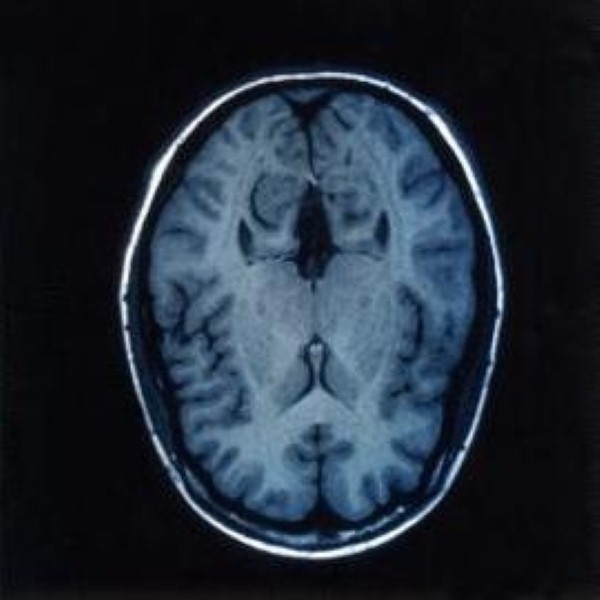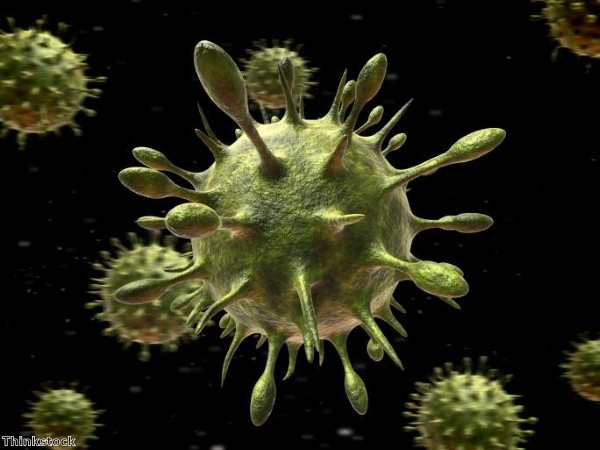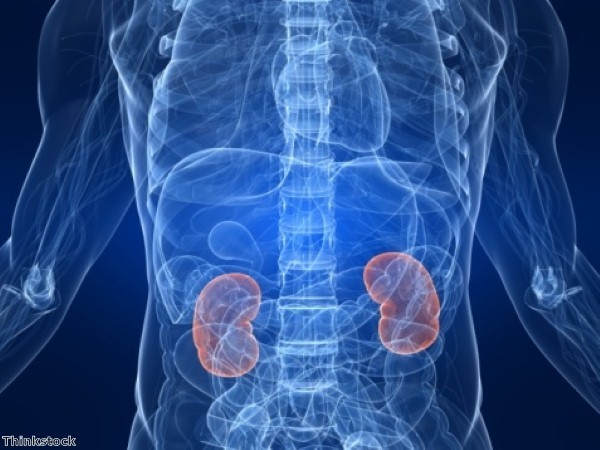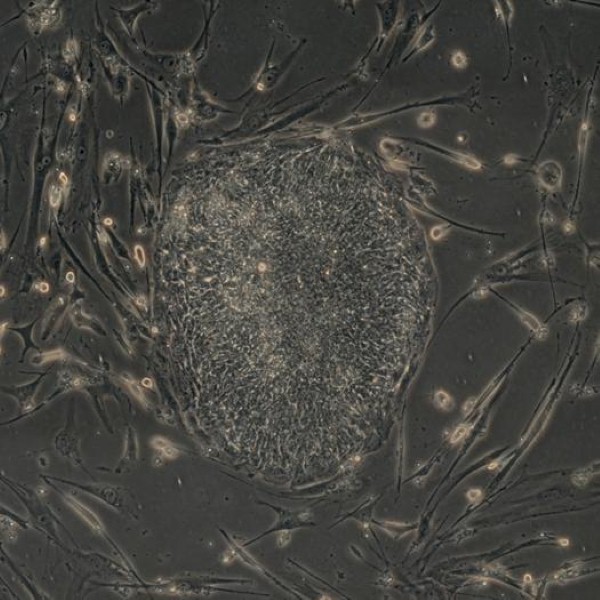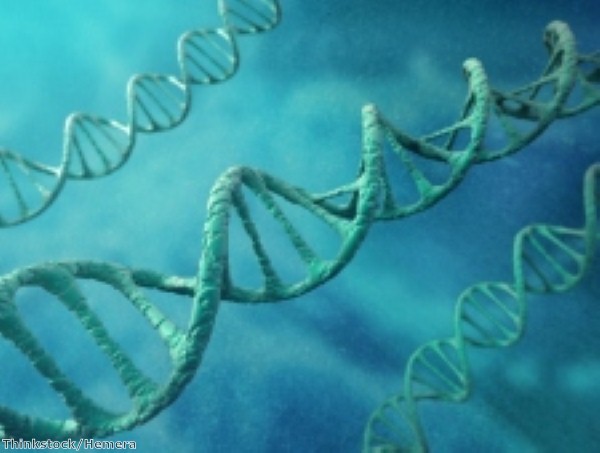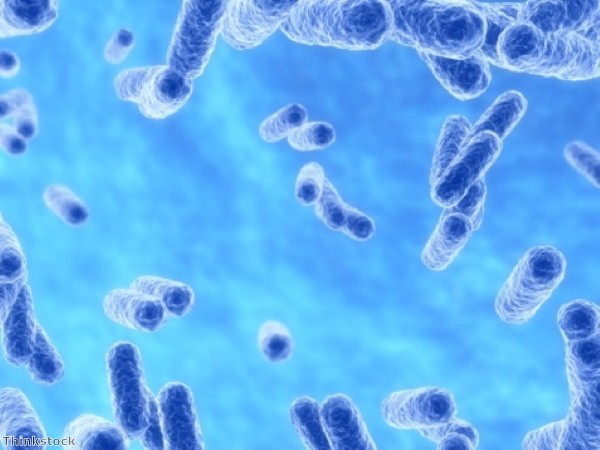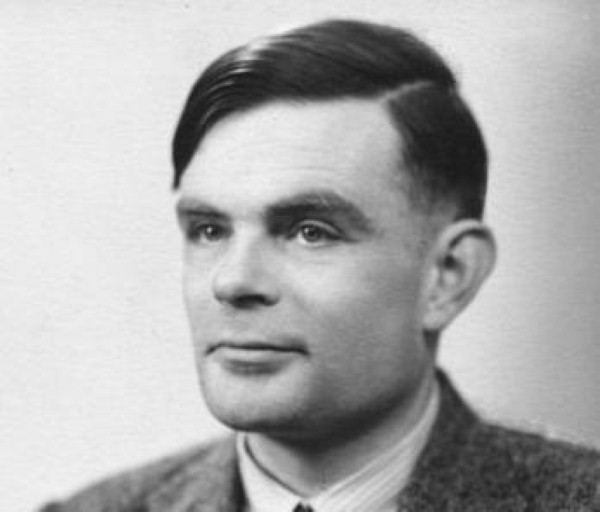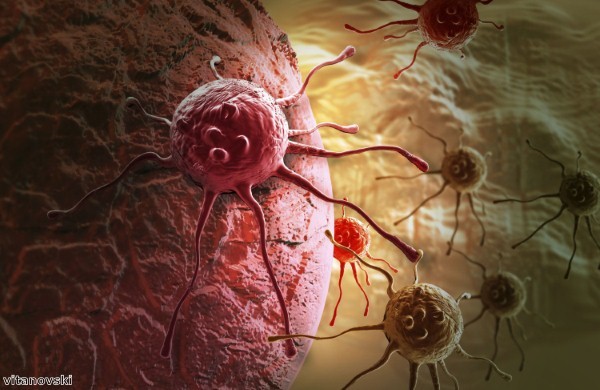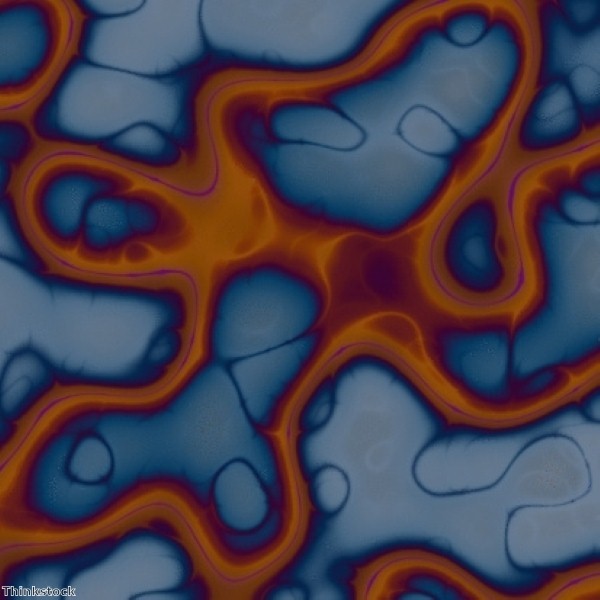New research suggests that brain irregularities in autistic children could be traced back to prenatal development.
The study, published in the New England Journal of Medicine, shows that the origins of the architecture of the autistic brain, which contains patches of abnormal neurons, may lie in this stage of development.
"While autism is generally considered a developmental brain disorder, research has not identified a consistent or causative lesion," said Thomas Insel, director of the National Institute of Mental Health.
"If this new report of disorganised architecture in the brains of some children with autism is replicated, we can presume this reflects a process occurring long before birth. This reinforces the importance of early identification and intervention."
Researchers from the University of California, San Diego, and the Allen Institute for Brain Science joined forces to investigate the structure of the brain's outermost layer, the cortex, in children with autism.
They analysed gene expression in postmortem brain tissue from children with and without autism, all between two and 15 years of age.
As the prenatal brain develops, neurons in the cortex differentiate into six layers, with each layer composed of different types of brain cells with specific patterns of connections.
In addition to genes associated with autism, the research team focused on genes that serve as cellular markers for each of the cortical layers.
Some 91 per cent of autistic samples lacked the markers for several layers of the cortex. For control samples, the figure was nine per cent.
Signs of disorganisation were localised in focal patches that were 5-7 mm in length and encompassed multiple cortical layers.
These signs were located in the frontal and temporal lobes of the cortex – regions that mediate social, emotional, communication and language functions.
As disturbances in these types of behaviour are hallmarks of autism, the researchers concluded that the specific locations of the patches may be linked to the expression and severity of various symptoms in a child with the disorder.
Early treatments for children with autism may be successful because of the patchy nature of these defects – the developing brain may be able to rewire its connections by enlisting the aid of cells from neighbouring regions to bypass the pathological areas.

